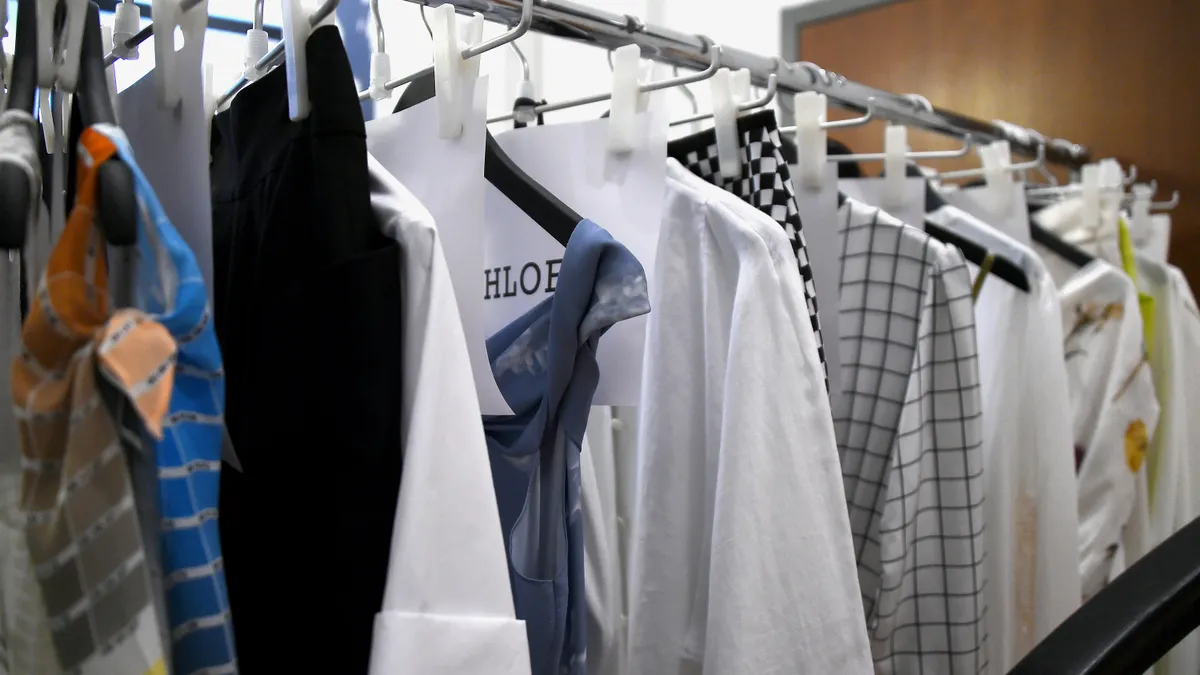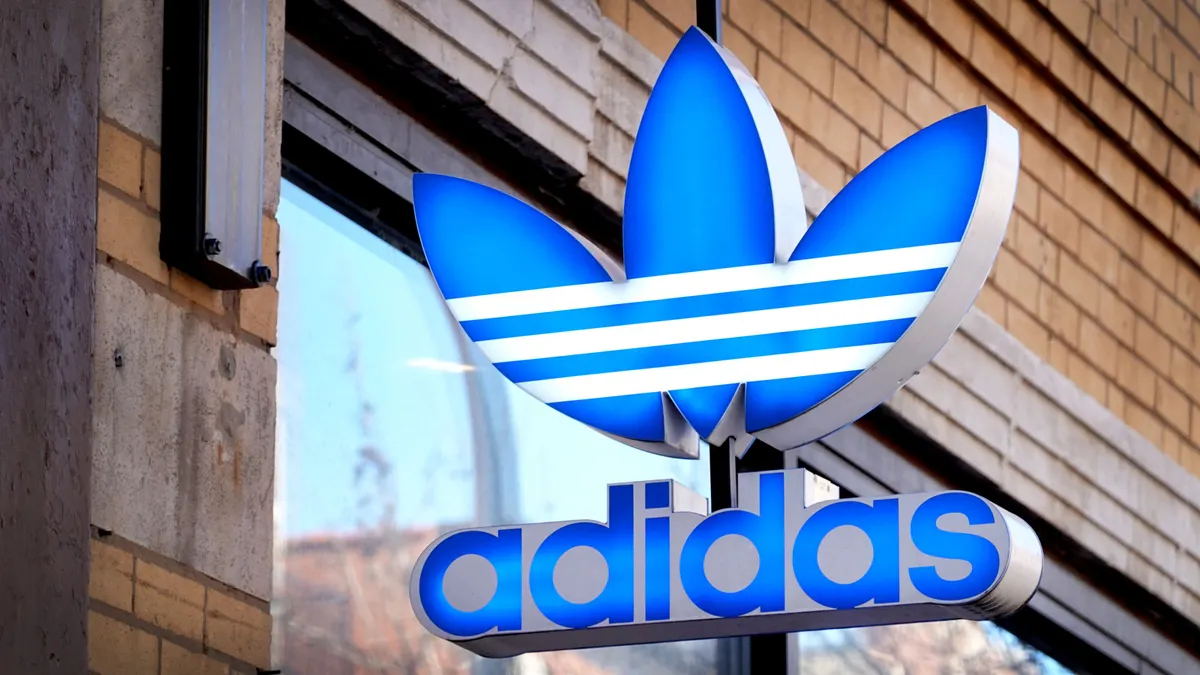Dive Brief:
- Revive, a business-to-business AI-powered inventory optimization platform, has secured a $3.5 million seed investment, according to a recent press release.
- The funding, led by Equal Ventures and Hustle Fund, will be used to “further fuel growth and strengthen the Revive platform to maximize and realize asset value of deadstock inventory for the retail industry,” per the release.
- The platform seeks to help brands with their inventory that has become unstockable during distribution, when items become minorly damaged in the return process. Revive charges brands a fee to digitize and refurbish items. If the brand subsequently resells the item on its digital marketplace, then the company takes an additional commission.
Dive Insight:
Revive built its business model to address the needs of a clothing industry that paid scant attention to over-producing, damaged goods and returns, said Allison Lee, founder and CEO of Revive.
Revive launched in 2017 as Hemster, a SaaS company offering alteration services for brick-and-mortar stores. While it grew quickly, COVID-19 stopped everything as its 300 store partners closed down, Lee said. It then launched a repair portal for consumers, which became popular among brands to repair their own damaged inventory. From there, the company built a proprietary refurbishing platform and rebranded as Revive, per Lee.
Over $100 billion worth of purchased apparel is returned annually by customers, and more than 11% of that merchandise is disposed of and ends up in landfills, according to research conducted by Equal Ventures.
"Brands are grappling with mounting operational costs associated with processing, storing, and disposing returns, which can amount to as much as $15 per item,” Lee said in the release. “However, with a growing demand for sustainable fashion from consumers, we see a huge opportunity for future-minded brands to leverage their once-disposed, damaged product into a coveted item.”
New investors to the brand recognized the opportunity for companies like Revive to fill a need that was not being addressed.
“There’s almost $1 trillion of inventory out there that brands and retailers don’t know how to deal with and Allison and team have found an incredibly interesting wedge into this market,” Chelsea Zhang, investor at Equal Ventures said in the release.
While brands such as Amazon, Nike, and Walmart have processing centers dedicated to returns and reselling, many more do not, according to industry experts.
“All apparel retailers should have a secondary market source to resell clothing,” Tony Sciarrotta, executive director of The Reverse Logistics Association said in an email. “The number one issue with apparel returns — bracketing multiple sizes of garments for the right fit.”
Apparel sold online is a two-dimensional experience without touch, feel, or visual confirmations until the garment arrives and is tried on. Tracking customer history will help reduce serial returners, according to Sciarrotta.
One key challenge of the fashion industry is to improve its forecast accuracy, which has been lacking, according to Brian Ehrig, partner in the consumer practice of Kearney.
“Therefore, any amount of cash that can be created out of deadstock is better for fashion brands than just sitting on it, and it has the second benefit of keeping these items from being destroyed or put in a landfill,” Ehrig said in an email to Fashion Dive.










